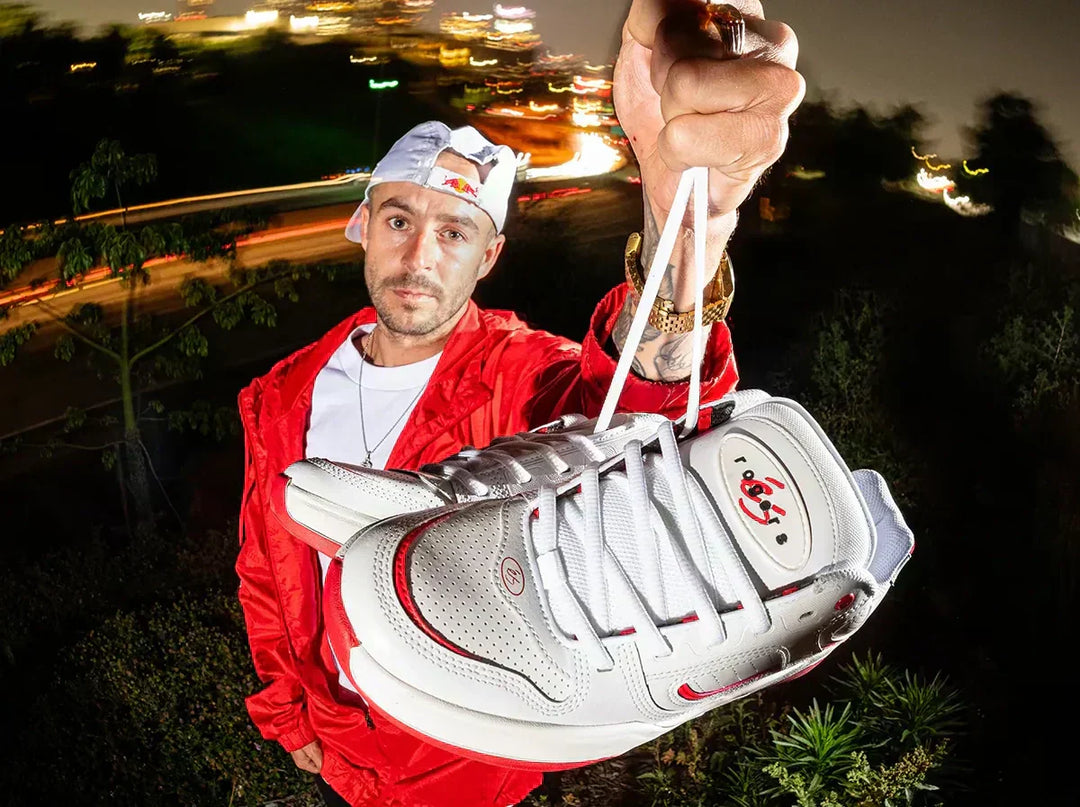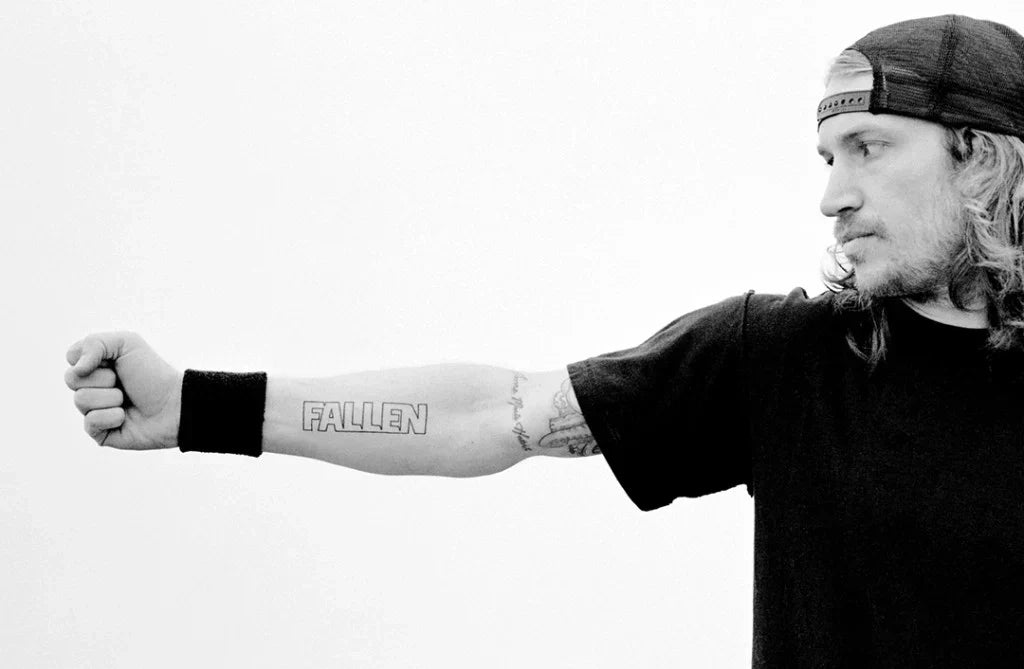The Rise and Fall of Airwalk Shoes in Skateboarding
Frequently Asked Questions
1. What is the history of Airwalk Shoes in skateboarding?
2. Why did Airwalk become popular in the 1990s?
3. What challenges did Airwalk face in the early 2000s?
4. What attempts has Airwalk made to make a comeback?
5. What lessons can be learned from Airwalk's journey?

The world of skateboarding has seen a plethora of iconic brands come and go, but few have left as significant an imprint as Airwalk Shoes. Once a staple at skate shops across the nation, Airwalk captured the hearts and soles of skateboard enthusiasts everywhere. However, like many legends, their tale is one of triumph and tribulation. This article charts the history of Airwalk, exploring its rise to prominence and its eventual decline, and how it continues to resonate within the culture today.
The Emergence of Airwalk in the Skateboarding Scene
Founded in 1986 by a group of passionate skaters and friends in Southern California, Airwalk was born out of a desire to create shoes specifically designed for skateboarding. In its early days, Airwalk focused on developing durable, stylish footwear that catered to skaters' needs. The brand quickly gained traction as skaters sought out shoes that could withstand the rigorous demands of the sport.
Innovative Designs and Features
Airwalk’s design philosophy revolved around function and style; they introduced innovative features that appealed to the skateboarding community. Their shoes offered:
- Superior Grip: The rubber soles provided excellent traction, ensuring skaters could perform tricks without slipping.
- Durability: Airwalk used reinforced stitching and materials to enhance the longevity of their shoes.
- Performance: The lightweight design allowed for enhanced performance, giving skaters the freedom to move with agility.
These characteristics helped solidify Airwalk’s reputation as a brand that understood and catered to the needs of skateboarders, making them a sought-after product in skate shop skateboards.
The Height of Popularity
During the 1990s, Airwalk reached its zenith. Collaborating with renowned skateboarders and sponsoring events helped to solidify their position as a leader in the industry. The brand became synonymous with skate culture, represented in countless magazines, videos, and competitions. This era saw Airwalk mascot-style designs which resonated with a youthful, rebellious vibe, firmly embedding them in the fabric of skateboarding culture.
Cultural Significance
Airwalk not only dominated sales but also became a cultural icon. The shoes were featured in music videos, and skate magazines, and had logos splashed across clothing lines. As part of the growing skate culture, the shoes represented more than just footwear; they embodied a lifestyle. Wearing Airwalk was about making a statement of identity and belonging in the skate community.
The Turn of the Century: Challenges Arise
As the new millennium approached, Airwalk began to face serious challenges. The rapid growth of skateboarding brands and diversifying styles led to increased competition within the market. More companies recognized the potential profitability of skate shoes and invested heavily in promotions and sponsorship deals to attract top skaters.
Shifting Trends in Skateboarding
Moreover, the skateboarding scene itself began to evolve. New trends emerged, with skaters gravitating toward different brands that showcased fresh styles or innovative technologies. Airwalk struggled to keep pace with the changing dynamics. The styles that once made them popular became outdated, leading to a decline in demand.
The Financial Downfall
By the early 2000s, Airwalk's financial troubles became apparent. Faced with decreasing sales and a dwindling presence in skate shops, the brand lost its way. In a desperate attempt to regain relevance, Airwalk expanded beyond skate shoes into other athletic and casual footwear markets. Unfortunately, this move diluted their brand identity, further alienating their core skateboarding audience.
The Importance of Authenticity
In the competitive world of skateboarding, authenticity is paramount. Skaters cherish brands that respect their culture and values. As Airwalk transitioned into mainstream markets, they risked losing touch with their roots. The lack of genuine connection to skateboarding resulted in skepticism among dedicated skaters, leading to an eventual fall from grace.
Attempts at Rebirth
While Airwalk has declined, it has also made several attempts to stage a comeback. The brand underwent several ownership changes and rebranding initiatives, aiming to reclaim a place in the market. Collaborations with contemporary artists and a refreshed product lineup were part of their strategy to recapture the attention of skateboard enthusiasts.
Striving for a New Audience
The new strategy has yielded mixed results. While some skaters welcomed Airwalk’s resurgence, others were doubtful of their sincerity and commitment to the skate culture. This generational divide highlights the challenges faced by any brand attempting to re-establish its identity after losing its original fan base.
The Resilience of Airwalk in Pop Culture
Despite the decline, Airwalk has maintained a nostalgic presence in pop culture. Vintage and retro styles have seen a resurgence, and many former skaters fondly remember Airwalk as a significant part of their youth. Second-hand shops and online marketplaces have seen a rise in interest for vintage Airwalk shoes, showcasing the brand’s lasting legacy in skate history.
Influence on Modern Skateboarding
This nostalgia has opened the door for newer generations to discover Airwalk. Skate shops are revisiting the brand’s heritage, incorporating classic styles into their lineup alongside modern skateboards and apparel. By embracing their roots, Airwalk has managed to create a bridge between past and present, appealing to both older and newer fans alike.
Lessons Learned from Airwalk's Journey
The story of Airwalk Shoes serves as a powerful reminder of the volatile nature of the skateboarding industry. It sheds light on critical lessons that both emerging and established brands should consider:
- Stay Authentic: Brands must remain true to their roots and the communities they serve to build and maintain trust.
- Adaptability Equals Survival: Embracing change and understanding evolving market needs are crucial for longevity.
- Engage the Community: Continual dialogue with fans and skaters ensures a brand stays in touch with its audience and meets their needs.
The Future of Airwalk in Skateboarding
As Airwalk navigates its current landscape, it still has the opportunity to redefine itself. With the current trend towards sustainable materials and practices, Airwalk could capitalize on eco-friendly approaches in developing their footwear, aligning with the values of a more conscious consumer base.
Collaborations with the Next Generation
Another avenue for potential growth lies in collaborating with emerging skateboarders and artists who resonate with younger audiences. By investing in fresh talent, Airwalk could reestablish its ties within the skateboarding community and craft innovative campaigns that speak to current trends.
As long as there are skateboarders who cherish their history and pride in their culture, Airwalk Shoes will always have a place in the skateboarding narrative. The brand's evolution reflects the highs and lows of the sport itself, serving as both an inspiration and cautionary tale for future brands in the dynamic world of skateboarding.
Join the Ride
The journey of Airwalk Shoes in skateboarding is a fascinating saga of rise, challenges, and continuous evolution. While the brand’s past holds valuable lessons, its potential to adapt and inspire remains strong. For both nostalgic skaters and new enthusiasts, Airwalk may still hold a special place—reminding us all of the impact that a well-designed shoe can have on the skateboarding experience. Whether you are browsing products in a skate shop skateboards or reminiscing about the golden days, Airwalk's story serves as a testament to the resilience of skate culture. Let us embrace the evolution and see where the next ride takes us!




